(34697 products available)



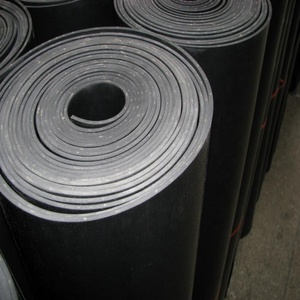



























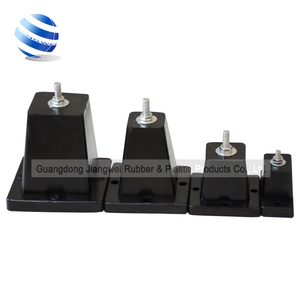
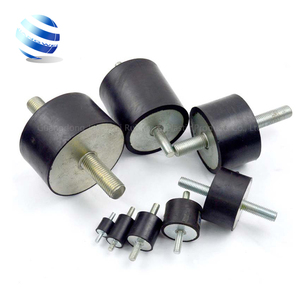


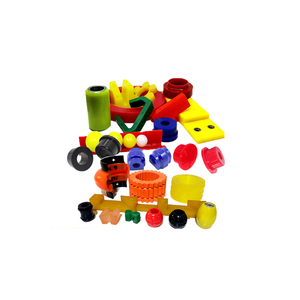

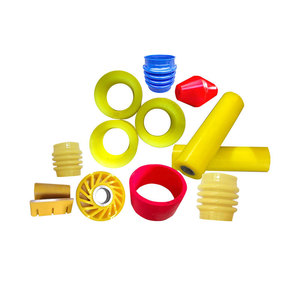
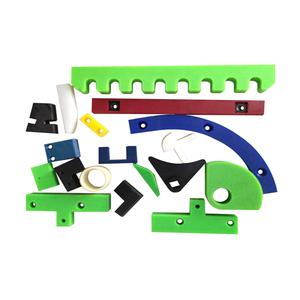



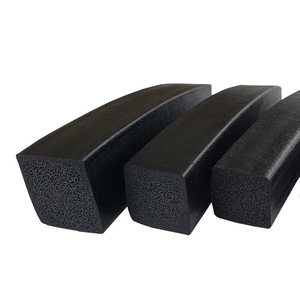







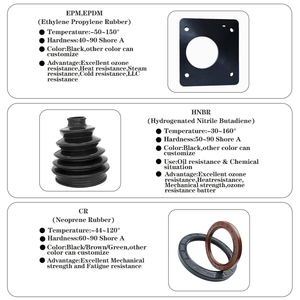











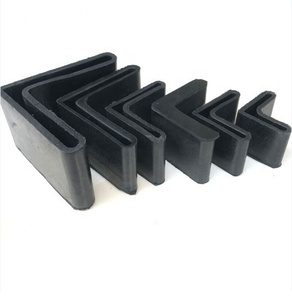





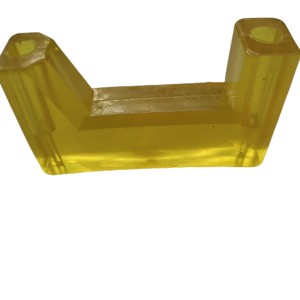

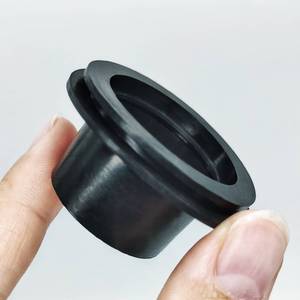

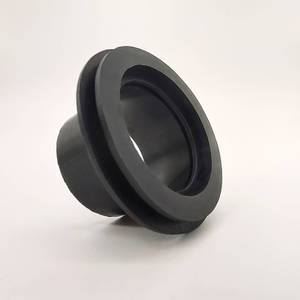



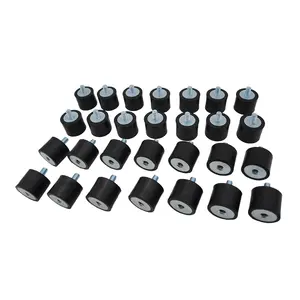
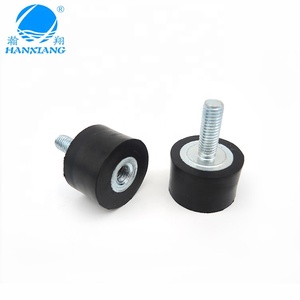




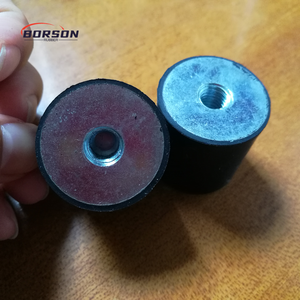
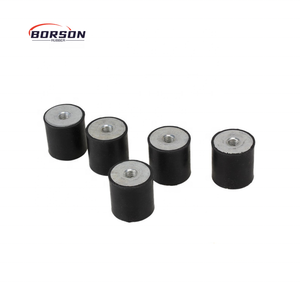


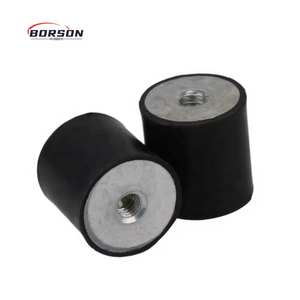
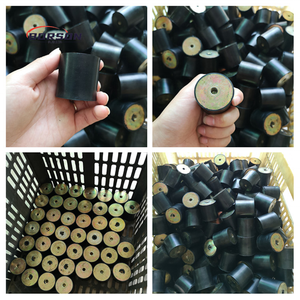




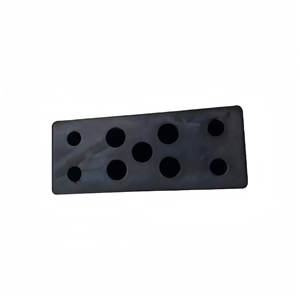





















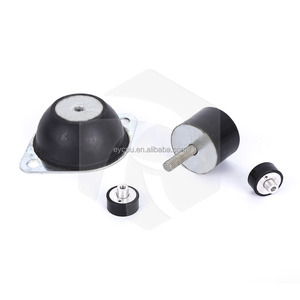

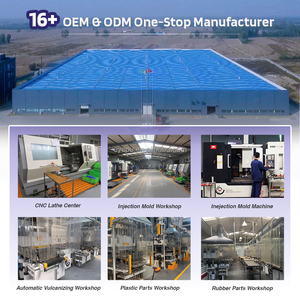

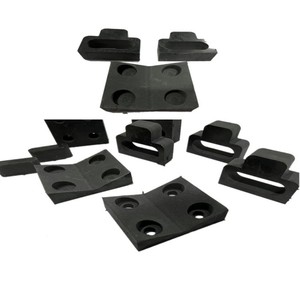










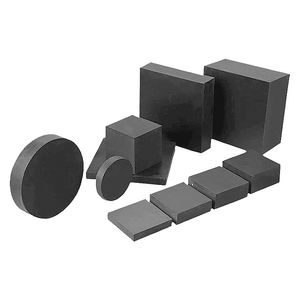









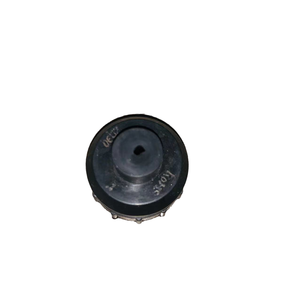




















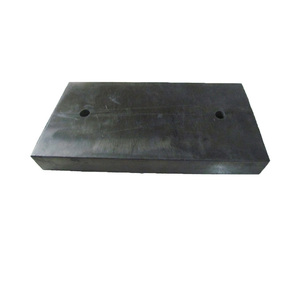



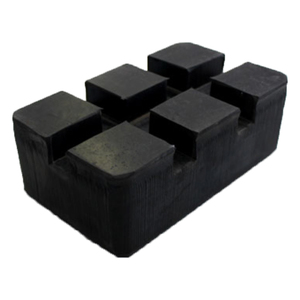


















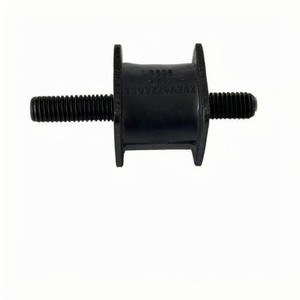













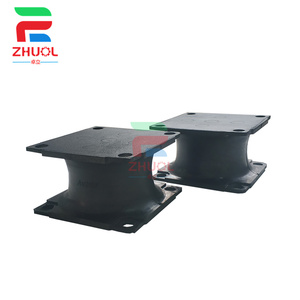

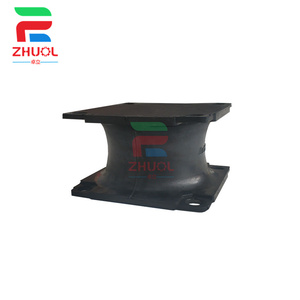


Custom rubber block shock absorbers are a type of shock absorber that uses rubber blocks to absorb shocks and vibrations. They are ideal for use in bicycles, motorcycles, and other light vehicles. There are different types of custom rubber block shock absorbers. They include:
Vehicle Type Based Shock Absorbers
These types of shock absorbers are designed for specific vehicles, such as trucks, buses, and other heavy vehicles. They are made to withstand the weight and load of the vehicle. This prevents them from wearing out quickly. Custom rubber block shock absorbers can be used in heavy vehicles to improve ride quality and comfort.
Monotube Shock Absorber
Monotube shock absorbers are made with a single steel tube. The tube contains gas and oil under pressure. This design allows for quick response to changes in road conditions. It also provides better control of the vehicle. Monotube shock absorbers are commonly used in custom rubber block shock absorber vehicles.
Digressive Shock Absorber
Digressive shock absorbers have a piston with ports that open and close. The ports allow for fluid movement in and out of the absorber. When the absorber is compressed, the fluid moves through the ports and allows the piston to move easily. The process makes it easier for the absorber to compress. When the absorber expands, the fluid can only move through the ports partially. The movement makes it harder for the piston to expand. The digressive design provides more resistance at the end of the stroke. It also offers a more responsive and adjustable feeling over the entire stroke.
Progressive Shock Absorber
Progressive shock absorbers have a spring with a variable spring rate. The rate increases as the spring compresses. The design allows for a stiffer spring at the end of the stroke. The progressive design is useful in applications where a more adjustable response is required. For example, progressive custom rubber block shock absorbers are used in motorcycles and racing vehicles.
Manufacturers of custom rubber block shock absorbers provide detailed specifications to help buyers understand what the products entail. Here are some of the specifications to expect.
Load Capacity
Shock absorbers receive and bear loads. Therefore, they have load capacity specifications that indicate the maximum and minimum loads they can handle without damage. The load capacity also varies depending on the type of shock absorber.
Dimension
The custom rubber block shock absorber comes in different sizes and lengths. The size and dimension of the absorber affect its performance, such as the ability to compress and extend.
Material
Different materials are used to make the custom rubber block shock absorbers. Each material has unique features that affect the performance of the absorbers. For instance, steel is a strong material that is used to make long-lasting shock absorbers.
Type
There are different types of custom rubber block shock absorbers, all designed to suit different applications. For example, a vehicle suspension system can use hydraulic and gas-filled shock absorbers.
Warranty
Some manufacturers offer a warranty for custom rubber block shock absorbers. The warranty acts as a guarantee for the quality of the product. Buyers can also return the absorbers in case of manufacturer errors within the warranty period.
Custom rubber block shock absorbers require regular maintenance to enhance their performance and durability. Here are some maintenance tips.
Regular Inspection
Regular inspection helps to identify any damage or wear and tear on the absorbers. Users should check for visible leaks, cracks, bulges, tears, and damage and rectify them instantly. They should also inspect the surrounding parts to see if they are in good condition.
Proper Installation
Improper installation can lead to damage and wear out of the rubber block shock absorbers. Therefore, users should follow the manufacturer's installation instructions and ensure the absorbers are perfectly fitted.
Cleanliness
Custom rubber block shock absorbers should be free from debris and dirt. Therefore, users should clean the absorbers regularly to keep them clean. Debris and dirt can cause wear and tear, affecting the performance of the absorbers.
Lubrication
The moving parts of the rubber block shock absorbers may require lubrication to ensure smooth movement. Users should apply the right lubricant as recommended by the manufacturer.
Replace Worn Out Parts
Over time, some parts of the custom rubber block shock absorbers will wear out. It is important to replace the parts to prevent damage to other parts of the vehicle or equipment.
When choosing the right custom rubber block shock absorber for a specific business purpose, it is important to consider the following factors:
Consider the application
When considering applications, it is important to think about the specific industry or sector in which the custom rubber block shock absorber will be utilized. Different applications may have varying requirements in terms of performance, durability, and specialized features. For example, the automotive industry may require shock absorbers that offer smooth rides and excellent handling, while construction equipment may need absorbers that withstand heavy loads and rough terrains. By considering the application, businesses can select shock absorbers tailored to their needs, ensuring optimal performance and reliability.
Load capacity
When considering load capacity, it is essential to understand the weight and magnitude of the loads that will be handled in the specific application. Shock absorbers with higher load capacities should be selected to manage these loads effectively without failure or decreased performance. This is particularly crucial in industries such as manufacturing, where equipment and machinery must absorb shocks and vibrations during operation. By selecting shock absorbers with appropriate load capacity, businesses can prevent premature wear, damage, and disruptions to operations, ultimately leading to cost savings and increased efficiency.
Frequency and stroke
When considering frequency and stroke in the context of selecting custom rubber block shock absorbers, it is necessary to understand their significance in determining the performance characteristics of the absorbers. Frequency refers to the oscillation rate of the absorbed energy, while stroke indicates the distance the absorber can compress and extend. Depending on the specific application requirements, businesses must choose shock absorbers with suitable frequency and stroke values. For example, in applications involving frequent impacts or high-speed operations, shock absorbers with higher frequency and shorter strokes may be more effective in ensuring stability and responsiveness.
Environmental conditions
Considering environmental conditions when selecting custom rubber block shocks absorbers is crucial to ensure optimal performance and longevity. Factors such as temperature extremes, humidity levels, exposure to corrosive substances, or harsh outdoor conditions must be evaluated. Custom rubber block shock absorbers can be designed to withstand specific environmental challenges, such as using heat-resistant materials for high-temperature applications or corrosion-resistant coatings for marine or chemical environments. By considering environmental conditions, businesses can prevent premature failure, reduce maintenance costs, and ensure consistent shock absorption performance, ultimately improving operational efficiency and reliability.
Here is a step-by-step guide on how to DIY and replace custom rubber block shock absorbers:
Preparation
Park the vehicle on a level surface. Engage the parking brake and wear safety glasses. Collect all tools that will be needed for the process. These include a jack, jack stands, lug wrench, sockets, and ratchets.
Lift the Vehicle
Use a lug wrench to loosen the wheel nuts. After that, use the jack to lift the vehicle and place it on jack stands. The vehicle should be secure and stable on the stands before proceeding.
Remove the Wheel
Remove the wheel completely by taking out all the wheel nuts.
Locate the Shock Absorber
It is located between the wheel and the vehicle body. The exact location might differ depending on the vehicle model.
Remove the Top Bolts
Find the bolts securing the upper part of the shock absorber. Use a wrench or socket to remove the bolts. It might be necessary to access the top of the shock absorber from inside the vehicle.
Remove the Bottom Bolts
Locate and remove the bolts securing the shock absorber at the lower end. These bolts are often found on the control arm or the vehicle's chassis.
Remove the Old Shock Absorber
After loosening the top and bottom bolts, the old shock absorber can be removed. Carefully pull it out from its mountings.
Install the New Shock Absorber
The new shock absorber should be positioned into its mountings. Then, tighten the top and bottom bolts to secure it in place. The bolts should be torqued to the manufacturer's specifications.
Reattach the Wheel
Put the wheel back in position and hand-tighten the wheel nuts. Lower the vehicle off the jack stands and use a torque wrench to tighten the wheel nuts to the manufacturer's specifications.
Test the Vehicle
Before driving off, perform a quick inspection to ensure everything is in place. Drive the vehicle for a short distance and pay attention to how it feels. Recheck the shock absorber and wheel nuts after driving to ensure they are properly secured.
Q1: What vehicles are suitable for custom rubber block shock absorbers?
A1: Custom rubber block shock absorbers are suitable for various types of vehicles, including cars, trucks, buses, motorcycles, and off-road vehicles. These shock absorbers can be tailored to meet the specific requirements of different vehicle models and types, ensuring optimal performance and ride comfort.
Q2: What are the benefits of using custom rubber block shock absorbers?
A2: The benefits of using custom rubber block shock absorbers include improved vehicle stability and control, reduced noise and vibration, customized solutions for specific vehicle types and applications, enhanced ride comfort, and increased durability and longevity of the shock absorbers.
Q3: How to maintain and care for custom rubber block shock absorbers?
A3: To maintain and care for custom rubber block shock absorbers, regularly check for signs of wear, leakage, or damage, keep them clean and free from dirt and debris, ensure proper installation and alignment, and follow the manufacturer's recommendations for maintenance intervals and procedures.
Q4: Are custom rubber block shock absorbers suitable for electric vehicles?
A4: Yes, custom rubber block shock absorbers are suitable for electric vehicles. They can be designed to meet the specific requirements of electric vehicles, such as optimizing ride comfort and sound insulation, considering the characteristics of electric vehicles.
Q5: Can custom rubber block shock absorbers be used in heavy-duty vehicles?
A5: Custom rubber block shock absorbers can be used in heavy-duty vehicles. They can be customized to meet the specific requirements of heavy-duty vehicles, such as load capacity, durability, and performance under harsh operating conditions.